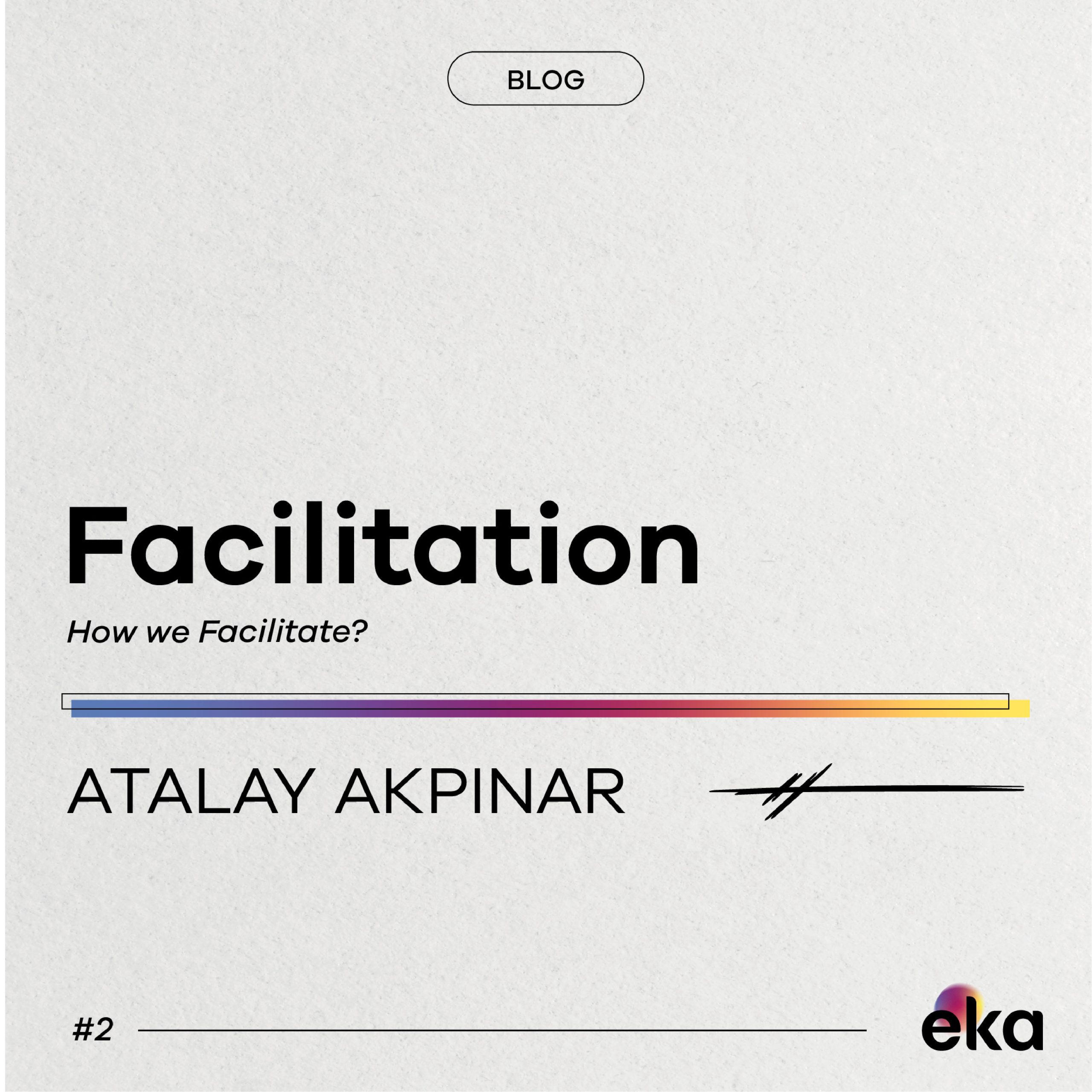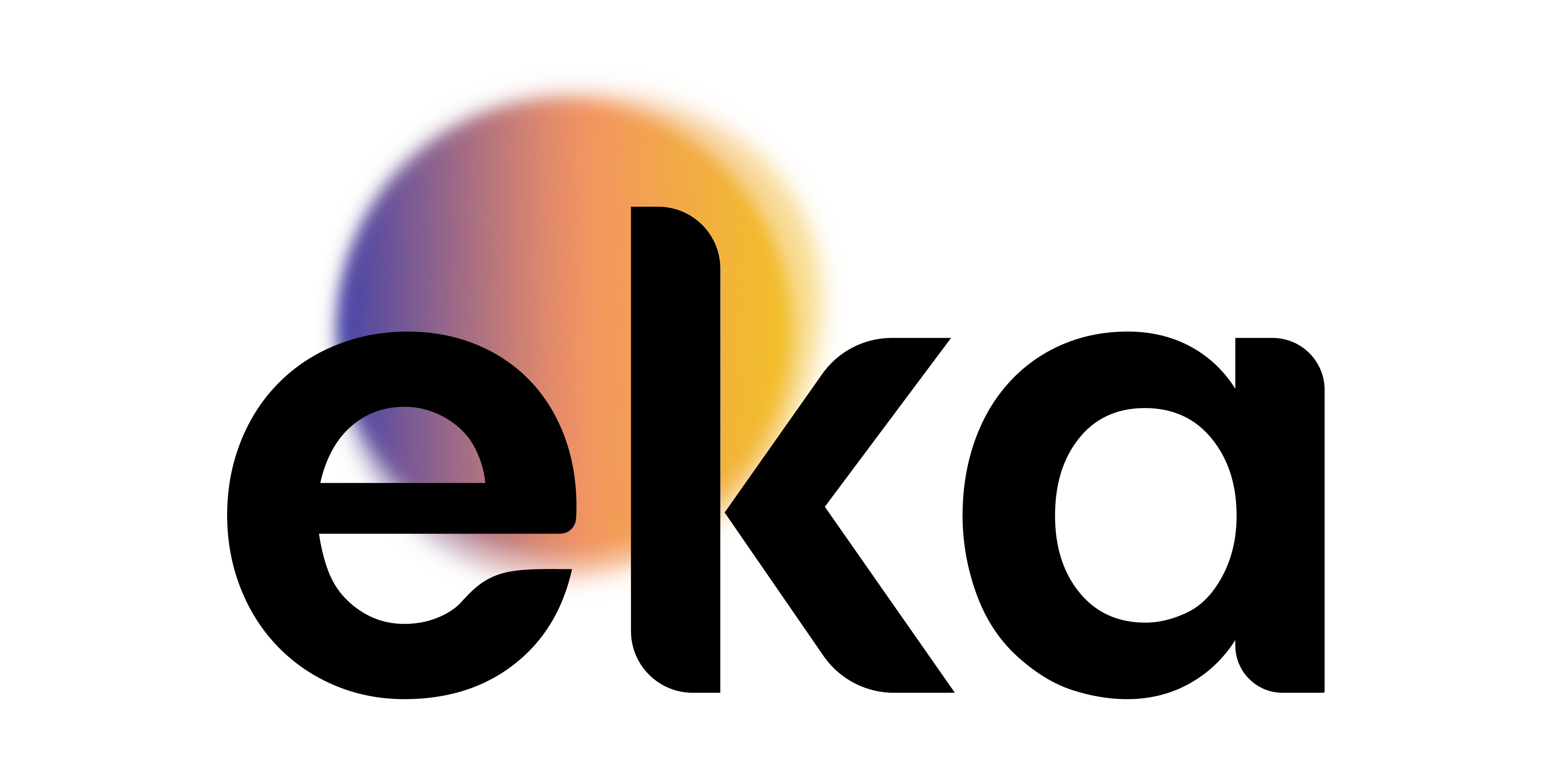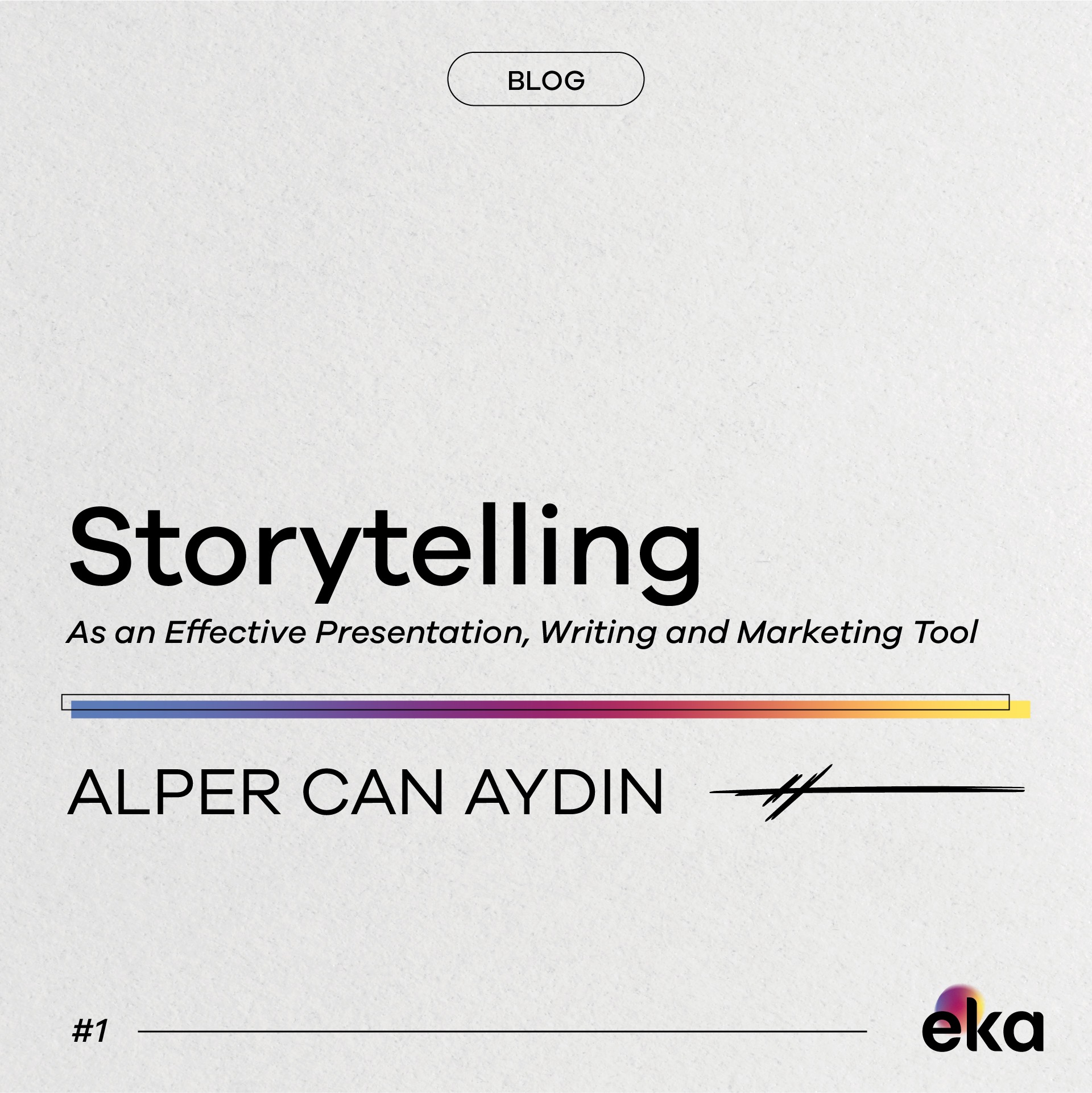
How We Facilitate?
What’s the difference between facilitation and leading a meeting?
Some say they’re the same thing but nah-uh. They are not. We’ll come to that later.
As EKA Creative Studio, we hold many workshops where we collaborate with many beautiful minds. However when a group comes together, there can be a variety of personalities and communication styles at play, which can sometimes lead to conflict or unproductive conversations. And even sometimes workshops can easily get sidetracked or derailed by off-topic discussions or personal tangents.
To manage the group dynamics and keep the conversations on track while encouraging collaboration, we use “facilitation techniques”.
Sounds interesting, what is facilitation?
Facilitation is the art of moving a group of people through meetings, planning sessions, or training, and successfully achieving a specific goal. We believe that designing collaborative processes through facilitation has an enormous impact on the way collaborators think and implement their ideas. We have found that the utilization of techniques such as brainstorming and mind mapping during sessions can promote imaginative thinking and inventive concepts, resulting in more efficient and fruitful outcomes.
We use facilitation not only to make our workshops more productive and innovative but also to encourage participation. We always care about creating a safe and supportive environment where everyone’s voice is heard, and everyone feels comfortable sharing their ideas and perspectives.
Obviously facilitation is not only about collaboration & participation. All of our workshops have an intention and desired outcomes. By using specific facilitation methods, we guide the group through a structured decision-making process that ensures all perspectives are considered and the best decision is made.
Here are several facilitation steps that we usually follow to ensure that our workshops or group discussions are effective:
- Plan Ahead: Before the workshop, take time to plan the agenda, materials, and logistics. Make sure you have everything you need to run the workshop smoothly.
- Know Your Audience: Understand the participants and their expectations, knowledge, and skill levels. This will help you tailor the workshop to their needs.
- Set Goals & Objectives: Define what you want to achieve in the workshop and communicate this to the participants at the beginning. This will help everyone stay focused and on track.
- Create a Safe Space: Encourage participation, active listening, and mutual respect. Ensure that everyone feels comfortable sharing their ideas and perspectives.
- Use Various Techniques: Use different techniques to engage participants, such as icebreakers, small group discussions, and brainstorming sessions. This will keep the workshop dynamic and interesting.
- Use Time Efficiently: Manage the time carefully to ensure that all topics are covered and that the workshop stays on schedule. This will help participants to stay engaged and focused.
- Encourage Feedback: Ask for feedback from the participants throughout the workshop to ensure that their needs are being met. This will help you to adjust the facilitation as needed.
- Follow Up: After the workshop, follow up with participants to provide additional resources or support. This will help to ensure that the learning from the workshop
is applied in practice.
Hold on to your hats, folks! We’ve got some incredible tools that will take your collaborative sessions to the next level. These bad boys are designed to guide your team through discussions and decision-making processes with ease and efficiency. Check ’em out:
- Flipcharts & Whiteboards: Use these tools to capture ideas, summarize discussions, and visualize key concepts. They help to make ideas visible and memorable.
- Visual Materials: Use visual aids such as diagrams, graphs, and images to help explain complex ideas and concepts. This helps to make the content more engaging and easier to understand.
- Collaboration Tools: Use technology tools such as video conferencing software, online collaboration tools, and interactive whiteboards to enhance engagement and collaboration in the workshop.
- Energizers & Icebreakers: Use energizers and icebreakers to create a positive and energized atmosphere at the beginning of the workshop or to re-energize participants during long sessions.
- Mind Maps: Use mind maps to help participants visualize the connections between different ideas and concepts. This helps to promote creative thinking and problem-solving.
- Feedback Tools: Use feedback tools such as surveys and polls to gather feedback from participants throughout the workshop. This helps to ensure that the facilitation is meeting their needs and expectations.
As EKA, we are always on the lookout for new and exciting ways to spice up our sessions and keep things fresh. That’s why we’re huge fans of Liberating Structures & Mischief Makers and Kainak – they provide us with tried and true facilitation methodologies that we love to use in our sessions. We’ve picked out some of our absolute favorite techniques from their libraries to share with you today. Get ready to shake things up and take your facilitation skills to the next level!
- World Cafe: Individuals are seated in clusters around tables that correspond to various questions or topics. A paper tablecloth may be provided to allow participants to jot down their thoughts, or the facilitator of each table can make notes on a Flipchart.
- 1-2-4-All: Allow individuals to share their ideas with a partner, and then combine two pairs so that they can collectively discuss and evaluate their thoughts.
- Fishbowl Convo: The Fishbowl format involves a group of 4-7 individuals who engage in a discussion on a particular topic, while the rest of the participants sit in the outer circles to observe and listen. The format is designed in a way that only a limited number of people can actively participate in the conversation.
- IDOARRT: IDOARRT is a powerful tool as it allows all attendees to have a clear understanding of the meeting’s purpose, ensuring that everyone can relax and trust that their time is being utilized effectively. This acronym represents the following elements: intention, desired outcome, agenda, rules, roles and responsibilities, and time.
Coming back to the question in the beginning for those who have been waiting for this moment. Facilitation and leading a meeting are like peanut butter and jelly – they go together, but they’re not the same thing! Facilitation is like the peanut butter, smooth and creamy, guiding the group’s process and decision-making. Leading a meeting is like the jelly, sweet and focused on achieving a specific outcome. Together, they create a delicious sandwich of success for your meeting goals.
In conclusion, we firmly believe that facilitation is the key to unlocking the full potential of any team or organization. By implementing facilitation techniques, we can enhance communication, foster creativity, and boost productivity. With the right tools and methodologies at our disposal, we can create a collaborative and inclusive work environment that encourages active participation and decision-making.

